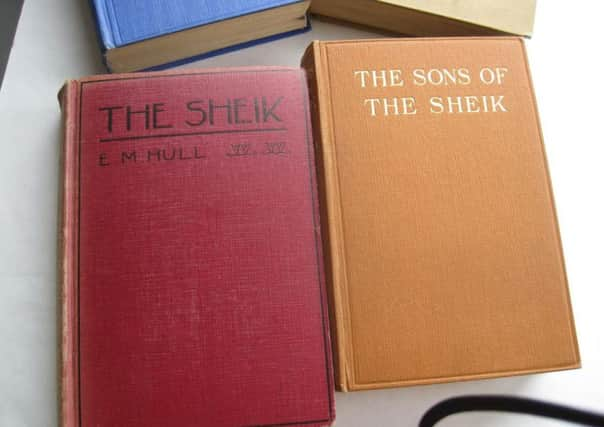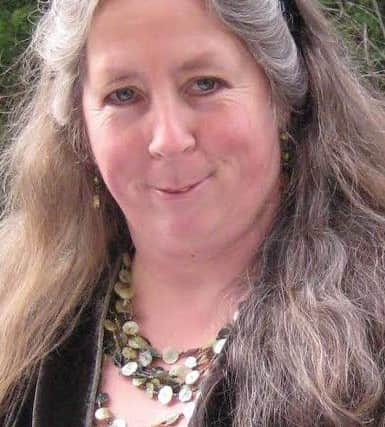GUEST COLUMN: Story of Derbyshire novelist whose steamy book was deemed '˜too racy' for the roaring 20s


Novelist Edith Maude Winstanley, who lived in Derbyshire, was born in August 1880 and died in February 1947.
From her imagination sprang a steamy tale of abduction and lust, which sent shockwaves through the roaring 20s. It gave rise to a celluloid phenomenon and made a man into a worldwide sex symbol.
Advertisement
Hide AdAdvertisement
Hide AdIn 1899, when working in London, Edith met a man called Percy Winstanley Hull. They married and moved back to Percy’s roots, in Hazelwood. To fill time Edith began writing when her husband was away during the First World War.


She sent her book The Sheik to a publisher and it was printed in 1919, under the name E.M Hull.
Critics condemned the book as too racy, but Edith’s novel is credited with starting the ‘desert-romance’ genre. The book became a huge success, published in America and made into a black and white, silent Hollywood film. It premiered in October 1921 and catapulted to fame its young star, Rudolph Valentino.
Edith continued to lived her life quietly, and died in Hazelwood. Her grave is at Hazelwood Church and nothing on the cruciform monument portrays the stir her work created.